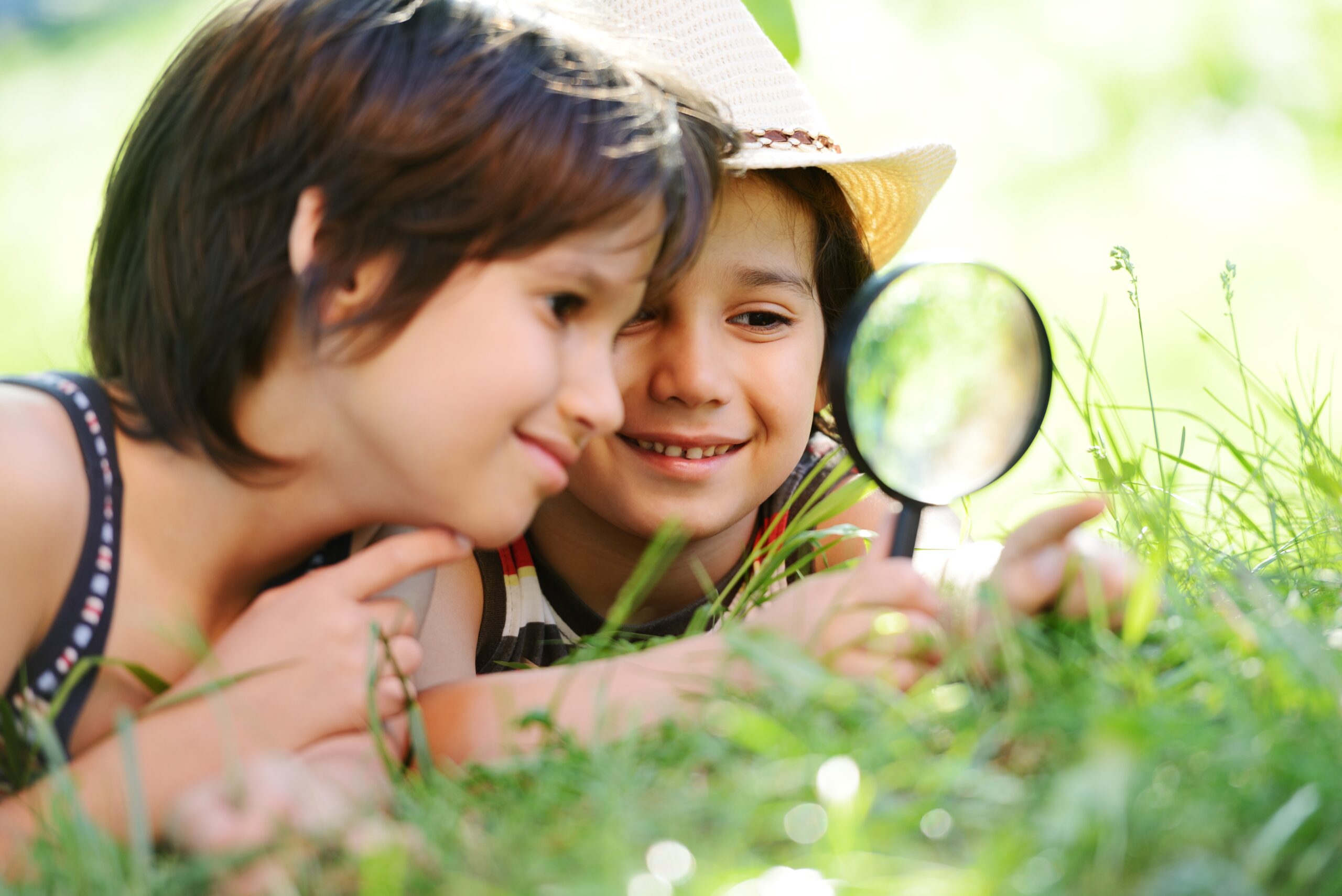
26 Mar Compassion, Critical Thinking, & Science
How can parents nurture compassionate, critical thinkers?
Empathy and critical thinking have always shaped the Montessori classroom. There’s no shortage of ways parents and teachers can directly and indirectly teach young children how to be compassionate individuals and healthy decision makers. Unbeknownst to many, science education is, in fact, an opportune area to promote compassion and critical thinking.
In this article, Meadow Montessori explores the relationship between compassion, critical thinking, and science and why each area is essential to childhood development. Because all three of these are so integral to everything we do here at Meadow Montessori, we encourage families to reach out if they have any questions about our curriculum and philosophy!
Let’s get started.
Why Is It Important to Teach Empathy?
Empathy is not an inherent trait we are all born with; rather, it is an essential life skill to a child’s emotional intelligence and social and cognitive development.
Without empathy, children can misunderstand the others’ feelings and struggle to make sense of their own emotions. Children who don’t have empathy skills can struggle to make connections and develop healthy and happy relationships later in life.
Teaching empathy helps young children grow up to be good listeners and compassionate individuals who help others and contribute to society.
How Do We Teach Empathy with Science?
In the Montessori classroom, we approach empathy from several angles in the classroom, understanding that children begin their education at different stages.
Science activities in the classroom can help with this. By teaming up our students to perform science experiments together, they learn how to work together and help each other when a student is struggling.
Some students are able to demonstrate an understanding of scientific concepts earlier on. Meanwhile, it’s not uncommon for other students to struggle with scientific activities and react emotionally. When these situations occur, our teachers encourage students to practice empathy and help each other perform tasks or complete science experiments together.
Why Is Science & Empathy Important for Critical Thinking?
Strong critical thinking skills lead to healthy decision-making.
When we interconnect these skills with empathy, we nurture compassionate individuals who are more motivated to help others. So, where does science come in?
Science teaches children how the world works, fosters their inquisitiveness, and lays the foundation for scientific skills and thinking. Scientific thinking involves evaluation and reasoning, while critical thinking involves interpretive questioning. Critical thinking lends itself to scientific thinking and expands a child’s ability to observe and come to a rational ‒ and often empathetic ‒ conclusion.
How Can Parents Teach Empathy & Critical Thinking with Science?
Immersing children in nature is a rewarding and all-encompassing approach to teaching them compassion, critical thinking, and science. There are also many science activities children can do at-home to practice critical thinking and compassion.
Get Out in Nature
From plants and animals to water, rocks, and trees, there’s plenty for children to observe, learn, and appreciate in nature.
Ask questions and start conversations about nature! Here are some possible scenarios you can encounter on a nature walk and ways you can promote empathy, critical thinking, scientific thinking, AND problem solving:
You come across a fallen tree. Explain to your child that there are many reasons why a tree could’ve fallen (disease, insect infestation, flooding, high winds, or old age.) Ask them questions like: “How do you think this will affect the animals that lived in the tree or relied on it for food?” and “What can we do to keep trees healthy and prevent them from dying and falling?”
You come across trash. Talk about littering and how it pollutes the water and air and harms animals. You could even turn your nature walk into a litter clean-up. Make sure to bring disposable gloves, a trash bag, and trash pickers!
You encounter an animal. Instead of getting excited, practice quiet voices and explain to your child why we don’t want to disturb or scare the animal. Touching, getting close, feeding, or picking up animals can cause them stress or even injure them. Humans can also catch disease from wild animals. Ask your child questions like: “How do you think the deer/rabbit feels when they see humans on the trail?” or “What can we do to protect their home and make it a healthier and safer environment?”
At-Home Science Activities
Try these activities at home with your child and help them practice compassion, scientific, and critical thinking!
Rain Cloud in a Jar. Fill a jar ¾ of the way with water and top it off with shaving cream. The water represents air and the shaving cream represents a cloud. Using a pipette and squirt food coloring on top of the shaving cream. Watch as the food coloring disperses through the shaving cream and into the water. The colored water will trickle down similar to rain. This occurs because the food coloring becomes too heavy for the shaving cream to hold, just how water becomes too heavy for a cloud to hold. After the experiment, ask your child questions like: “Why is rain important for humans, plants, and animals?” or “What happens when we don’t get enough rain or it rains too much? How does this affect humans, plants, and animals?”
Oil & Water. Pour water into several small clear plastic cups, add drops of food coloring into each cup, and stir. Then, fill another cup with oil. Using pipettes, squirt the colored water into the cup with oil and watch how the two don’t mix together. Oil molecules are only attracted to other oil molecules. Water molecules are only attracted to other water molecules. Then, talk to your child about how oil spills happen in the ocean due to boats and drilling. Ask your child questions like: “If oil and water don’t mix, what do you think happens when oil spills into the sea?” and “How does this affect the fish and animals who live in the sea?”
Practicing Compassion, Critical Thinking, & Science
By teaching our children science at a young age, we can help them to become strong scientific and critical thinkers who are compassionate for the world around them.
If you would like to learn more about how we teach compassion, critical thinking, and science in our Montessori curriculum, contact us today!


Sorry, the comment form is closed at this time.